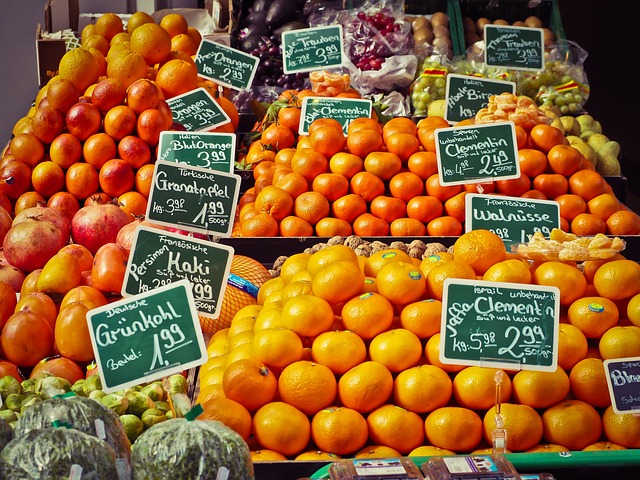Tree trimming is an essential practice for maintaining the health and safety of trees, as well as for ensuring their structural integrity. Regular pruning helps prevent the spread of decay by removing unhealthy branches and encourages robust growth through improved sunlight and air circulation. Post-trimming, effective yard waste removal and recycling are crucial for environmental sustainability; this process transforms organic materials like branches and leaves into valuable compost and mulch, which nourish gardens and conserve soil moisture. Communities can benefit from local yard waste collection services that facilitate proper disposal and support composting initiatives. These services not only keep yards clean but also contribute to the overall health of the landscape and environment by preventing waste accumulation and ecological harm. Homeowners are encouraged to categorize their yard waste according to community guidelines for compostable materials and larger branches, and can opt for professional haul-away services if needed. Prioritizing responsible yard waste removal and recycling is essential for anyone who trims trees to ensure a positive environmental impact.
Tree trimming is a pivotal aspect of arboriculture, ensuring trees remain healthy and safe environments for both human activity and ecological balance. Regular maintenance through pruning not only promotes tree vitality but also mitigates risks associated with overgrown branches. Post-trimming, effective yard waste removal and recycling become crucial steps to maintain order and prevent environmental impact. This article delves into the importance of tree trimming and offers insightful practices for yard waste removal and recycling, emphasizing sustainable and efficient approaches to this necessary task.
- Understanding the Importance of Regular Tree Trimming for Tree Health and Safety
- Effective Yard Waste Removal and Recycling Practices After Tree Trimming
Understanding the Importance of Regular Tree Trimming for Tree Health and Safety

Regular tree trimming is an indispensable practice for maintaining the health and safety of trees within both residential and public spaces. This process, often referred to as pruning, involves the careful removal of branches that may be diseased, dead, or damaged, thereby preventing decay from spreading throughout the tree. By promoting structural integrity and allowing sunlight and air to circulate properly, trimming ensures that trees can grow strong and healthy. It also plays a critical role in shaping trees to achieve desirable form and density, which is essential for their long-term vitality.
Moreover, the process of yard waste removal and recycling is closely tied to tree trimming activities. The byproducts of pruning, such as branches, leaves, and wood chips, are not mere waste but valuable resources that can be repurposed. Many communities offer yard waste collection services, which facilitate the decomposition of organic matter and contribute to composting efforts, enriching soil health and reducing the need for chemical fertilizers. Additionally, wood chips generated from tree trimming can be utilized as mulch in landscaping, further supporting plant growth and conserving moisture. By engaging in yard waste removal and recycling, homeowners and municipalities contribute to environmental sustainability while ensuring that trees remain a vibrant and integral part of the community’s ecosystem.
Effective Yard Waste Removal and Recycling Practices After Tree Trimming

Effective yard waste removal and recycling practices post-tree trimming are crucial for maintaining a healthy landscape and protecting the environment. After a tree has been trimmed, the resulting branches, leaves, and wood chips can be substantial. It’s important to handle this organic material responsibly to ensure it doesn’t contribute to waste accumulation or harm local ecosystems. Homeowners and professionals alike should separate yard waste into categories for proper recycling. Compostable materials like leaves, grass clippings, and wood chips can be transformed into nutrient-rich compost, which can then be used to enrich garden soil and promote plant growth. Branches and larger limbs, on the other hand, may require chipping to reduce their volume and facilitate easier disposal. Many municipalities offer specialized yard waste collection services, so it’s advisable to check local recycling programs for pickup schedules and acceptable materials. Utilizing these services not only keeps your yard clean but also supports sustainable waste management practices, contributing to a greener community. Additionally, some tree service providers offer haul-away services for a fee, which can be a convenient option for those without the means or time to recycle yard waste themselves. Regardless of the method chosen, prioritizing the environment through responsible yard waste removal and recycling is essential in the aftermath of tree trimming activities.
Regular tree trimming is an indispensable practice for maintaining tree health and ensuring safety, as detailed in the article. It promotes growth, prevents disease, and enhances the overall aesthetic of your landscape. Following tree trimming, yard waste removal and recycling play a pivotal role in preserving environmental integrity, transforming trimmings into valuable resources. By adhering to effective yard waste removal strategies, you contribute to a greener future while keeping your property immaculate. Implementing these practices not only benefits the trees but also supports sustainable community living.
